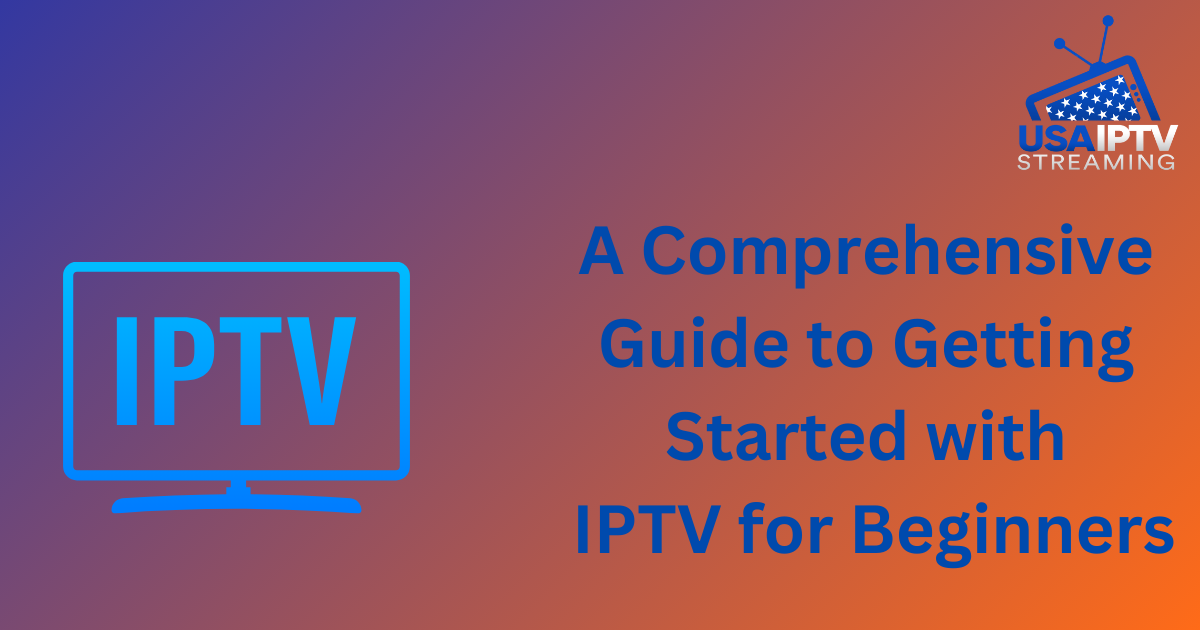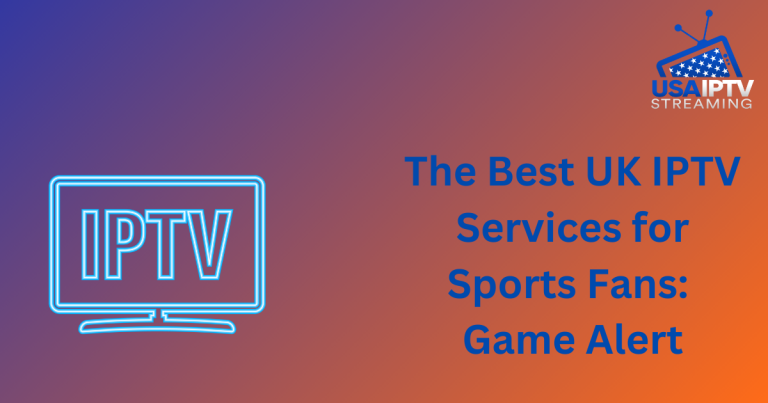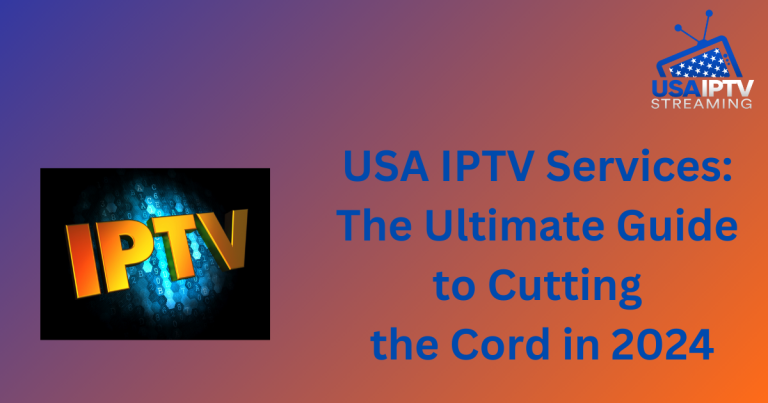Unlocking the Potential: A Comprehensive Guide to Getting Started with IPTV for Beginners
A Comprehensive Guide to Getting Started with IPTV for Beginners
Internet Protocol Television (IPTV) offers a modern alternative to traditional television services by streaming content over the Internet rather than relying on satellite or cable infrastructure. This guide aims to provide a thorough understanding of IPTV for beginners, focusing on its basics and offering practical advice for those new to the technology.
What is IPTV?
IPTV, or Internet Protocol Television, is a system that delivers television programming over IP networks. Unlike conventional TV, which uses dedicated cable or satellite systems, IPTV streams video directly to various devices via an existing internet connection.
How IPTV Works
IPTV operates by converting traditional television signals into digital data packets. These packets are transmitted over the internet and then reassembled by the viewer’s device to provide a seamless playback of TV shows, movies, and other media content.
Types of IPTV Services And IPTV for beginners
IPTV services can be categorized into three main types:
- Live TV Streaming: This allows users to watch live television channels and programs in real-time.
- Video-on-Demand (VOD): Users can access a library of movies, TV series, and other content at their convenience.
- Time-Shifted Content: This feature enables users to watch previously aired programs on demand, offering greater flexibility in viewing schedules.
IPTV Equipment Requirements
To start using IPTV, you will need:
- A Reliable Internet Connection: Ensure you have a stable internet connection with sufficient bandwidth for smooth streaming.
- An IPTV-Compatible Device: This can be a computer, smartphone, smart TV, or a specialized IPTV box, depending on your preferences.
Choosing the Right IPTV Service Provider
When selecting an IPTV service provider, consider the following:
- Content Offerings: Look for providers that offer a broad range of channels and content.
- Pricing Plans: Compare subscription plans to find the best value for your needs.
- Customer Reviews and Reputation: Research customer feedback and reviews to gauge the reliability and quality of the service.
Setting Up IPTV
Setting up IPTV involves:
- Connecting Your Equipment: Ensure all cables are correctly connected between your IPTV device, TV, and internet router.
- Activating the Service: Follow the provider’s instructions to activate your subscription.
- Configuring Preferences: Customize your channel selection and settings according to your preferences.
Navigating the IPTV Interface
Once set up, familiarize yourself with the IPTV interface:
- Channel Guide: Use the on-screen guide to navigate through available channels.
- Search Function: Easily locate specific channels or programs.
- Playlists and Favorites: Create personalized lists of preferred shows and channels for quick access.
Ensuring Optimal Streaming Quality
To guarantee the best streaming experience:
- Bandwidth Requirements: Verify that your internet connection supports the required bandwidth for uninterrupted streaming.
- HD and 4K Support: Opt for IPTV packages that offer high-definition and 4K content for superior viewing quality.
- Addressing Buffering and Lag: Optimize your network settings and hardware to minimize buffering and lag issues.
Legal Considerations
Before starting with IPTV for beginners:
- Copyright Compliance: Avoid unapproved or pirated content to prevent legal issues.
- Geo-Restrictions: Be aware of any geographic limitations that may restrict access to certain content based on your location.
Tips for Enhancing Your IPTV Experience
- Ensure a Stable Connection: Use a reliable internet connection to reduce interruptions.
- Update Device Firmware: Keep your IPTV device’s firmware and software up to date for security and compatibility.
- Secure Your Network: Protect your network with encryption and strong passwords.
Common Troubleshooting Tips
If you encounter issues with your IPTV for beginners:
- Check Connections: Verify that all settings and connections are correctly configured.
- Reduce Network Congestion: Limit the number of devices connected to your network to avoid buffering.
- Sync Audio and Video: Adjust audio and video settings on your device to resolve synchronization issues.
Future Trends in IPTV
Anticipate advancements in IPTV technology, including:
- Technological Innovations: Expect improvements in device compatibility, interface design, and streaming quality.
- Smart Home Integration: Look for IPTV for beginners services that integrate seamlessly with smart home devices for enhanced control and convenience.
Conclusion
While setting up IPTV might seem complex initially, a clear understanding of the fundamentals and proper planning can lead to a smooth and enjoyable viewing experience. By familiarizing yourself with IPTV for beginners basics and considering the outlined tips, you can confidently explore and enjoy the benefits of IPTV technology.







